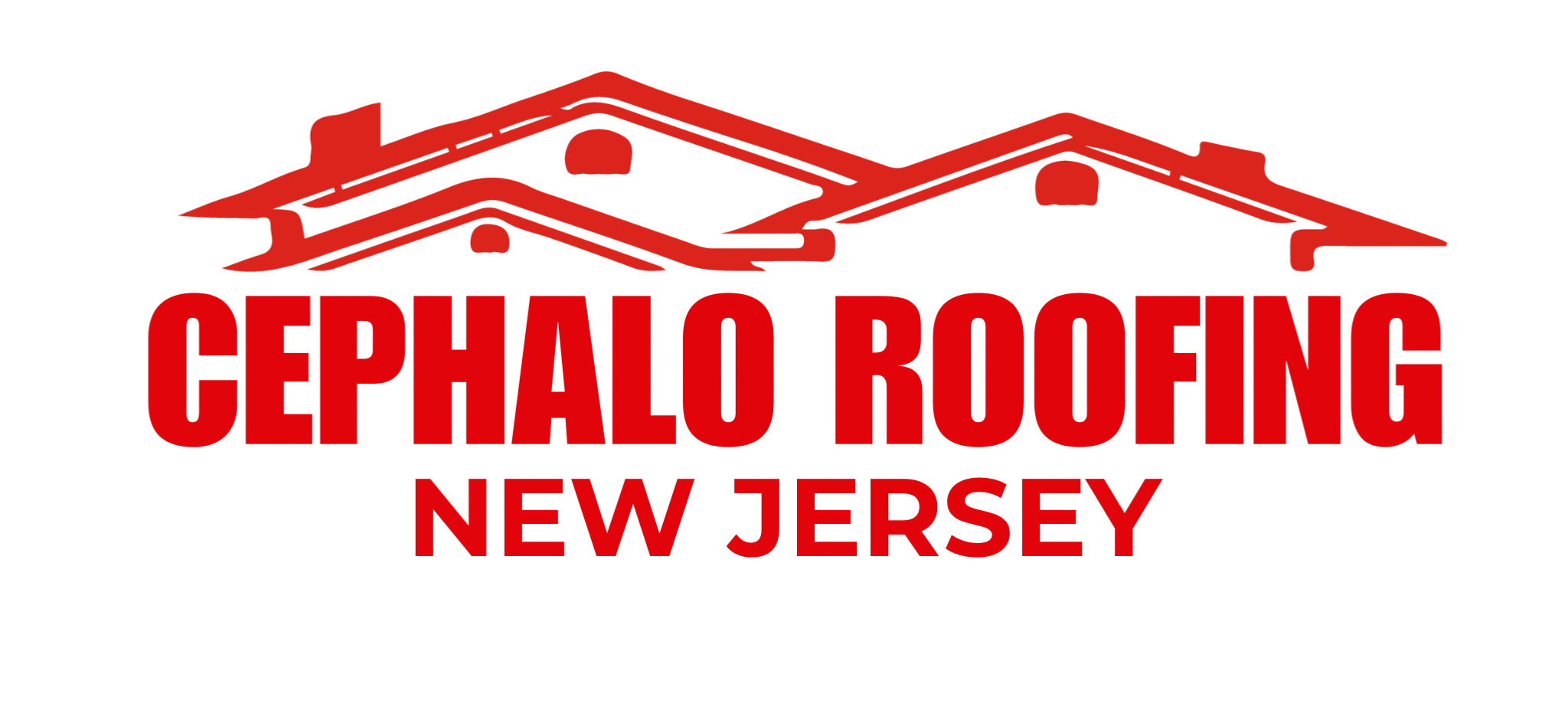Best Roof Maintenance Tips for New Jersey Winters

Cephalo Roofing
Roofing Professionals
Stay Ahead of the Cold with These Winter Roofing Tips
New Jersey winters are no joke. Between freezing rain, snow, sleet, and icy conditions, your roof takes a serious beating during the coldest months of the year. With average January temperatures hovering around 40°F, and often dipping much lower, it’s essential to make sure your roof is winter-ready.
Taking simple, preventive roofing maintenance steps now can help you avoid costly roof repairs later. From sagging rooflines to ice dams, winter brings a host of potential problems that can be minimized with the right preparation.
Here’s what every New Jersey homeowner should know to keep their roof in peak condition this winter.
Before the Bad Weather Hits
Inspect Your Roofline
Start by stepping outside and checking the lines of your roof. The edges and ridges should appear straight and even. Any sagging, bowing, or dipping could be a sign of structural roof issues like rotting wood or weakened framing.
Snow loads and winter storms can worsen these issues,and in extreme cases, even cause a roof collapse. If anything looks off, contact a professional roofing contractor for an early roof inspection.
Check Around Chimneys and Flashing
Flashing, the metal material installed around chimneys, vents, and skylights, is one of the most common sources of roof leaks. Ensure flashing is not loose, cracked, or missing. Failing caulk or visible gaps can let water in, especially when it freezes and expands.
Catching these small problems early can help you avoid expensive water damage mid-winter.
Clear Off Roof Debris
Leaves, twigs, and other fall debris tend to collect on the roof surface, especially behind chimneys and in valleys. If left untouched, they can trap moisture, promote mold growth, and speed up shingle deterioration.
Use a roof rake or leaf blower (from the ground, for safety) to clear your roof and valleys.
Clean the Gutters
Clogged gutters prevent proper drainage when snow melts or rain falls, causing overflow and potential ice dam formation. Ice dams can push water back under shingles, leading to interior leaks.
Make sure all gutters and downspouts are cleared so water can flow freely and away from your home.
Inspect Your Attic
Your attic can reveal early signs of a roof problem. Look for:
- Water stains on ceilings or rafters
- Warped or soft wood
- Damp or compressed insulation
- Musty smells or signs of mold
These are red flags for roof leaks. If you notice anything unusual, schedule a roof inspection before winter weather makes access more difficult.
During Winter Weather
Watch for Heavy Snow Accumulation
While most roofs can handle regular snowfall, wet and heavy snow can become a serious issue. Once 6 inches or more accumulates, it’s time to remove it.
Use a roof rake from the ground to reduce the load safely. Avoid climbing onto the roof during icy conditions.
Interior warning signs-like sticking doors or new cracks in upstairs walls can signal excessive weight on your roof. These signs should not be ignored, especially in older homes.
Look Out for Ice Formation
Icicles may look beautiful, but they can cause serious damage. When melting snow refreezes at the edge of your roof, it forms ice dams, which block water flow and lead to shingle damage, roof leaks, and even gutter failure.
If you notice ice building up:
- Remove snow from the roof’s edge
- Keep gutters clear
- Use de-icing cables or consider a gutter heating system
Consider Roof and Gutter Heating Options
If your home is prone to ice dams or icicle formation, consider professionally installed roof heating systems:
- Heated roof cables that prevent snow and ice buildup
- Heated gutters to keep water flowing even in freezing temps
- Solar panel de-icing systems, including electric coils or hydronic tubing
These systems are especially helpful for homes in shaded areas or with complex rooflines.
After a Storm or Heavy Snowfall
Once the storm clears, inspect your roof and attic for:
- New or worsening roof leaks
- Dislodged or missing shingles
- Excessive snow accumulation
- New water stains or signs of damage
Addressing problems early helps prevent long-term roof damage and interior repairs.
Need a Winter Roof Inspection or Repair?
Winter is tough on roofs, but the right preparation makes all the difference. Whether you’re gearing up for the season or dealing with the aftermath of snow and ice, Cephalo Roofing is here to help.
We provide expert roof inspections, roof repairs, and winter maintenance services for homeowners across:
Schedule Your Free Winter Roof Inspection Today
Don’t wait until a small leak becomes a big headache. Contact Cephalo Roofing now to schedule your free winter roof inspection and keep your home warm, dry, and protected all season long.
Need Professional Roofing Help?
Connect with trusted New Jersey Cephalo Roofing for professional service and free quotes.



